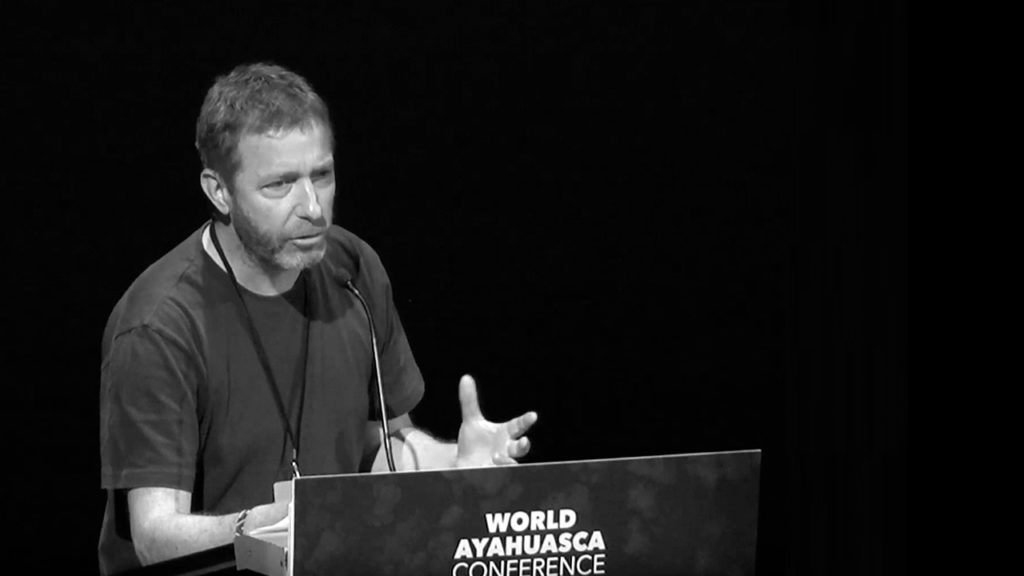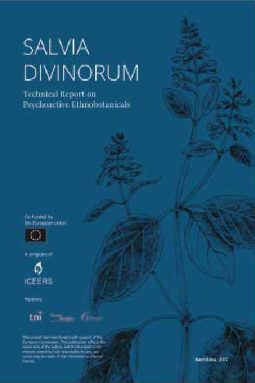Many years ago, Jeremy Narby spent time living among the Ashaninka people in the Peruvian Amazon, studying how they used the rainforest. At first he didn’t pay much attention to what they thought of him, but he soon realized that they too had an eye on him. He came to realize that the people he was living with considered him as a pishtako, a “white vampire” – someone who kills to extract human fat. At first, he found it disturbing to think that people could see him this way.
“Why is it that gringos never have enough wealth,” the people he was living with asked. In their view, gringos were obsessed with extraction and accumulation.
Over time, Narby began to think that the pishtako concept was in fact an appropriate metaphor for the historical behaviour of Westerners in the Amazon, who have long acted as a sort of vampire, extracting natural and human resources.
In the last 20 years a new generation of Westerners have arrived in the Amazon in search of shamanic experiences and healing. From an Amazonian perspective, this surprises no one – that gringos should be in search of healing. What’s different this time is that they haven’t come to extract gold or material wealth, but want to learn and are even willing to pay for it. All this is new.
What do Amazonian’s think of Westerners that come to the Amazon to drink ayahuasca? Jeremy Narby asked several Amazonians who have no financial interest in ayahuasca commercial activities. The elders did not have a problem with Westerners coming to the Amazon to drink ayahuasca, but didn’t agree with it being extracted and taken to other places. They must “pay us back” or return something to us, they said, and also ensure that ayahuasca is used for its true purposes.
This begs the question – do world ayahuasca enthusiasts have a debt towards the first peoples that have developed the practices they are now drawing from? The indigenous people of the Amazon are fighting for their survival – resisting territorial encroachment, oil extraction, and deforestation. In these circumstances, benefiting from healing from ayahuasca while doing nothing for the people who developed the brew seems vampiric. So,what can well intentioned ayahuasca drinkers do to diffuse this?
Living with the Amazonians
One suggestion, among many possible suggestions, according to Narby, is to find an organization near you that backs the initiatives if indigenous Amazonian people and make a donation every time you drink the brew. Indigenous amazonian people are on the frontlines of defending the rainforests and are receiving little outside support. This is an opportunity for ayahuasca drinkers to demonstrate their heightened sensitivities and demonstrate reciprocity towards indigenous amazonian peoples.
There some individuals doing this. Individuals are one thing, the international scientific community is another. There is a history of extracting knowledge – of vampire science. It seems to be happening again with ayahuasca, as scientists discover the brew’s remarkable properties. Very little science is being done in dialogue with indigenous peoples. For example, many scientists reduce ayahuasca to the DMT it contains, they could learn a lot from indigenous Amazonians who have always said that the main power comes from the ayahuasca vine. Such dialogues would help scientists de-vamperize their relations with indigenous Amazonians on the sensitive subject of ayahuasca.
There is a deep truth to the “white vampire” concept. Western people tend to end up in vampiric relations with indigenous Amazonian people despite their best intentions. This is due to the power imbalance between the two sides. The problem is that the Westerners stand to extract much more value from the encounter than the Amazonian people do. Many ayahuasca drinkers say that their time in the jungle has changed their lives. What did the Amazonians people who attended to them get out of it? Perhaps some payment, but probably nothing quite so life-changing. Undoing this imbalance and making our relations with Amazonian people more reciprocal is the work of a lifetime.
Jeremy’s talk expanded on an article he wrote for Granta magazine.
Categories:
NEWS
, Ayahuasca
, AYACONFERENCE
Tags:
ayahuasca
, shamanism
, Amazon


